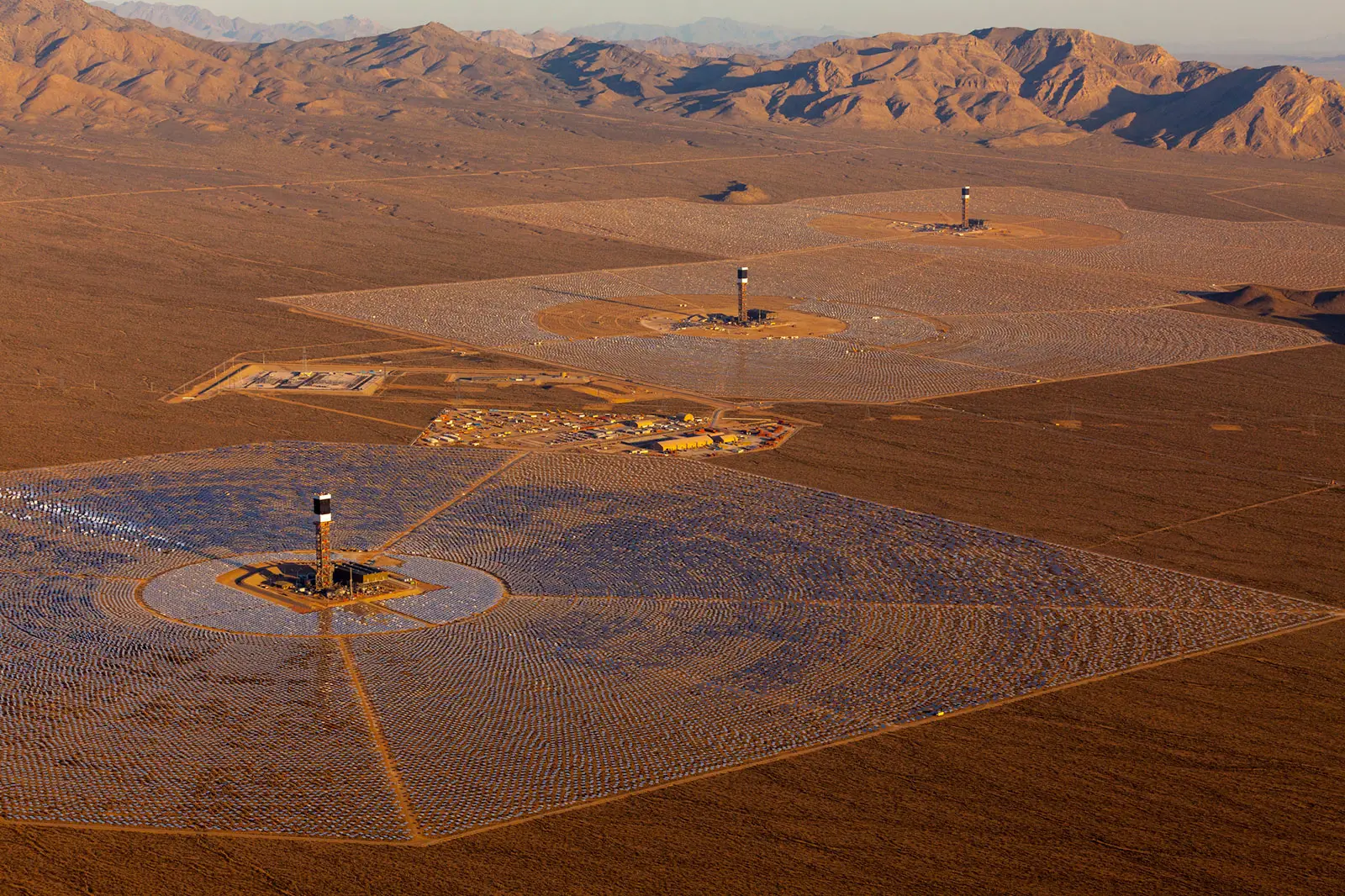The temperature is one factor that impacts how comfortable a building’s interior is.
To keep these static constructions at the ideal temperature, air conditioning and heating are required.
However, because of the varying climatic conditions, buildings now need to be heated and cooled at different times of the year. This is because the building can no longer control its own temperature.
So let’s have a look at how researchers might have solved this issue. The plan is to incorporate mechanisms that allow the structure to adjust its temperature using a creature known as krill.
Let’s deep dive into the topic and explore more –
What is krill?
Any member of the crustacean order Euphausiacea is referred to as a krill. They belong to the same group of creatures as shrimp, woodlice, lobsters, crabs, and crayfish. There have been descriptions of 82 different krill species.

They can live up to 5 years and reach a maximum length of roughly 6 cm. Pelagic, or marine creatures that dwell in the open ocean, krill gather in large swarms that contain more than 10,000 individuals per cubic meter of water.
Physical description
Krill resemble miniature counterparts of well-known crustaceans like prawns or lobsters.
Krill are mostly translucent, but tiny pigment patches give their shells a vivid red tint. Usually apparent, their digestive system is frequently a vibrant green because of the microscopic plants they have consumed. Their eyes are big and dark.
The smallest pelagic krill species in the Southern Ocean are 6 cm in length, whereas the smallest tropical species range in size from less than 1 cm. One type of deep-sea benthic krill can grow to a length of 14 cm.
An adult Antarctic krill measures about 6 cm long and weighs more than 1 g.
Role In food chain
Krill consume phytoplankton, tiny, single-celled plants that float close to the ocean’s surface and survive by consuming carbon dioxide and sunlight. From fish to birds to baleen whales, they form the main component of the meals of literally hundreds of different creatures.

Simply put, many oceanic life forms depend on krill.
Distribution and abundance
In Antarctic waters, krill can be found in five different species. The Antarctic krill, Euphausia Superba, is the most prevalent of these species.
One of the most numerous and successful animal species in the world is the Antarctic krill. They are frequently so numerous that the sea takes on a reddish-brown hue as a result. The Southern Ocean is home to an estimated 400 million tonnes of Antarctic krill, despite their modest individual sizes.
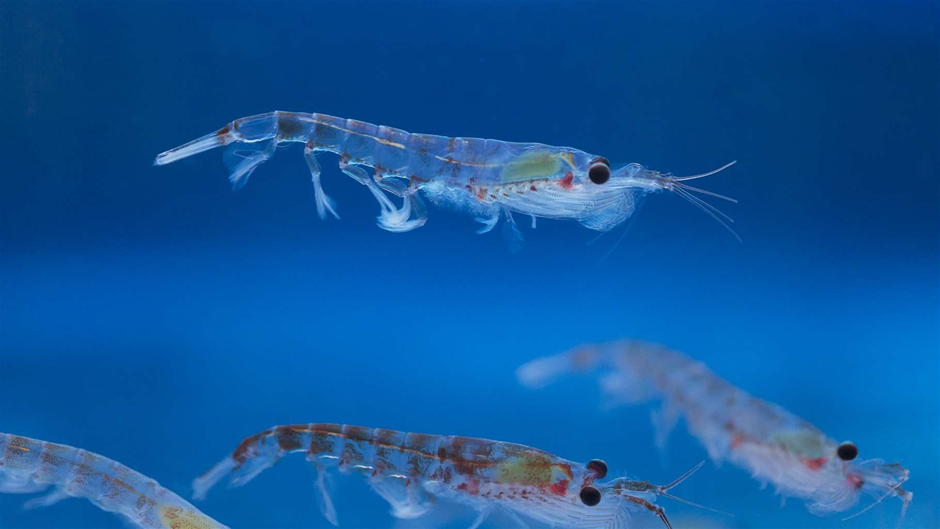
Antarctic krill congregate in groups known as schools or swarms, where they can reach densities of up to 30,000 individuals per cubic meter. The swarms form bigger clusters or patches. The social organization of the swarms is still being studied by researchers.
It appears that some krill swarms might only contain young animals, whilst other swarms might contain only females or only males.
Growing and shrinking
Adult krill can develop into juvenile krill. Although scientists have a difficult time estimating the age of the animals, it is thought that Antarctic krill live for 5 to 10 years.
Crustaceans typically grow by moulting their exoskeleton (hard shell), growing into the new one, and then extending it. The moulting and growth process restarts when the exoskeleton tightens up once again. When an animal gets older, most crustaceans’ moulting tends to slow down until it eventually stops in adulthood.
As a result, biologists can typically determine an animal’s age based on its size. The average age of a creature increases with size.
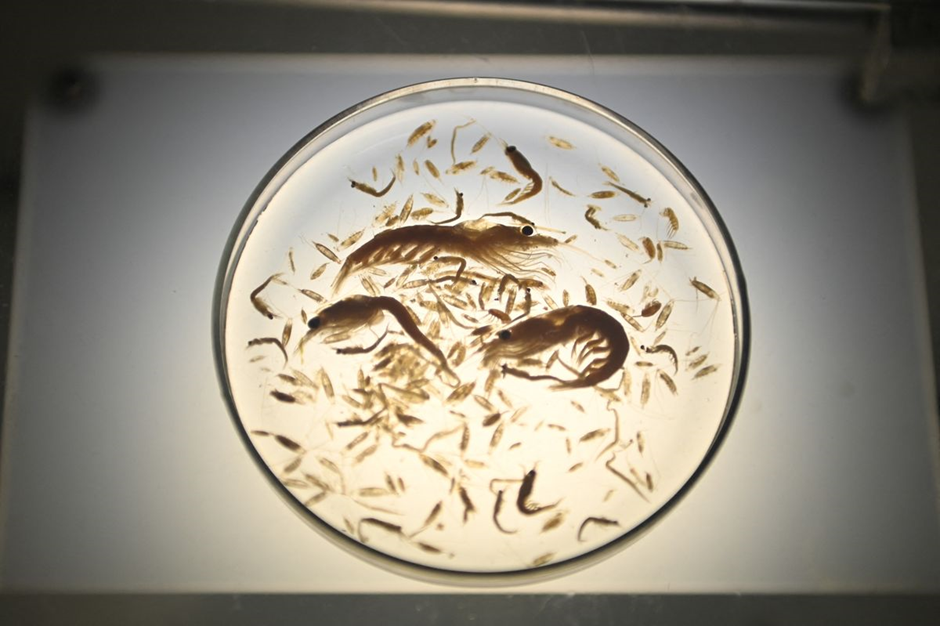
The sole exception to this rule is Antarctic krill. They have to endure the chilly, dark winters in the Southern Ocean, where food is sparse. They excel at doing this. Antarctic krill can endure famine for more than 200 days, according to laboratory tests.
For the rest of their lives, krill can moult. To help them live, they employ their ability to keep growing and shrinking in size. Antarctic krill can use their own body proteins as a fuel source thanks to “shrinking” This adaptation appears to be shared by all krill species.
Adult krill start to lose their sexual traits at the end of the summer. After a series of molts, they once more resemble juveniles in their second year, concealing the fact that they were once adults. Adults, once more, start to mature and establish their sexual traits in the spring, just in time for spawning.
Diet and feeding
During the day, krill often sink further into the water column and feed on the surface of the water at night. Phytoplankton, which are microscopic ocean plants suspended in the upper water column where there is enough light to support growth , is the main food source for krill.
Krill must use alternate food sources throughout the winter, such as algae that grow on the underside of pack ice, debris on the ocean floor, or other aquatic life. Krill are capable of going up to 200 days without eating. As they starve, their length decreases.
The majority of the larger Antarctic creatures, including seals, whales, seabirds, fish, and squid, are directly or indirectly dependent on Antarctic krill.
Inspiration from krill
Since krill are translucent, UV light can enter through their skin and harm their internal organs. However, because of the shading mechanism that shields them from the sun , they are prepared to exist on this planet.
The krill employ a bright pigment under their skin to darken themselves when exposed to the sun. On the other hand, when it gets dark, they start to lose pigment and become lighter again.
Recent research and learning from krill
Researchers from the University of Toronto suggest borrowing an HVAC strategy from Antarctic krill, which employ pigments stored in their skin to protect themselves from the sun, in a recent report published in Nature Communications. They are working on a synthetic material that might function similarly for building facades.
They claim that the energy consumption was decreased by more than 30% in their models.
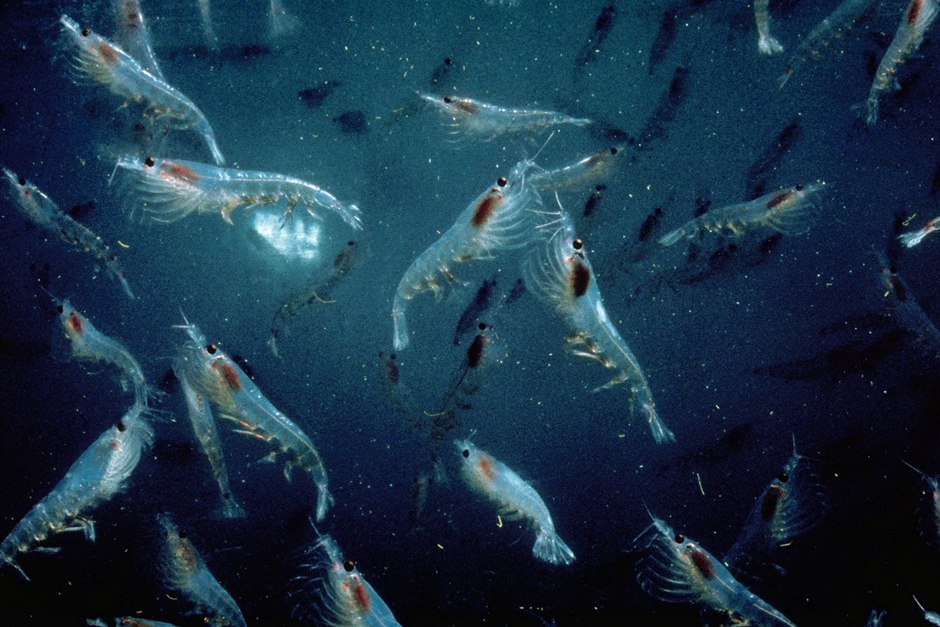
Raphael Kay, the paper’s lead author and currently a research fellow at Harvard’s school of engineering, says that if we could learn from biological organisms that maintain their “indoor environments” comfortably using strategies that they have evolved over millions of years, “maybe we could make our built infrastructure at least a fraction as efficient.”
In the US, buildings and the associated heating, cooling, and lighting systems account for 40% of all greenhouse gas emissions. Although taking design cues from nature is as old as technology itself, biomimetic design is very popular at the moment.
Architects and engineers are hard at work using design cues from polar bears, termite mounds, and trees to create better structures.
How krill solves the problem

Krill behave as highly responsive curtains by changing color instantly from white to orange thanks to pigment clusters they carry in their skin. They basically tell these microscopic pigment dots to unclamp themselves when they detect that the amount of sunlight is too great by sending a signal from the brain to these small little pigment dots.
By filling windows with two different fluids—one that absorbs sunlight and the other, that lets it pass—researchers hope to extend this idea to structures.
Window designs
When there are no pigments in the window, it has the appearance of a typical window; yet, behind the scenes, it contains a layer of fluid that allows light to pass through it.
In order to shield a skyscraper from the sun’s rays, a colored fluid is fed through tubes into the building’s skin. This allows the structure to maintain its temperature in a krill-like fashion.
They are able to adjust the shape of the shade as well as the amount of glare that is produced by varying the rate at which liquids are added to one another. It makes it possible to achieve an extremely high resolution of spatial solar shading.
They are currently putting together a prototype so that they may test the idea out in the real world. The authors hypothesize that such a system could be less expensive and more effective than the existing “active shading” techniques that are being developed for environmentally friendly buildings.
They also hypothesize that it could be more easily scalable than the type of dimmable electrochromic glass that was installed in the Boeing Dreamliner (jet airliner), which changes its opacity through the use of electric currents.
Using a low-cost method of optofluidics
What is optofluidics?
Optofluidics is the application of light to regulate the flow of fluids, often on a micrometer scale. The so-called “lab-on-a-chip” gadgets are famous examples of how this technology might be put to use. These devices are small systems for analyzing and sorting particles and cells.
Optofluidics is another technology that makes use of liquids to direct the flow of light.

How it is being used
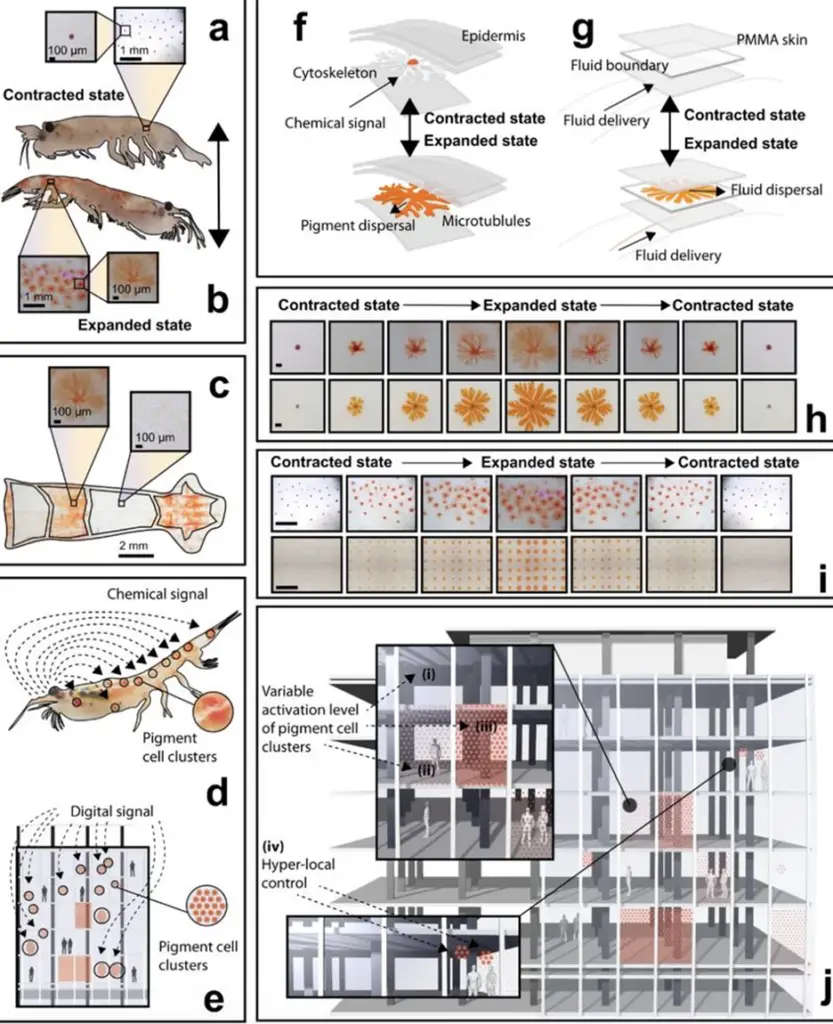
To save money while still getting good results, the team turned to optofluidics. There was a layer of mineral oil between two sheets of transparent plastic in their prototype optofluidic cells. Water was injected into the cell through a centrally located tube.
Like krill, the water contains a pigment or dye that can cause the cell to discolor. The pump has reversible flow, so colored water can be drained when necessary.
The researcher constructed computer models and simulated how an automated and optimized system would function in comparison to programmable motorized blinds or windows that can change color using electronics to establish the efficacy of their approach.
The project lead claims that their technology has the potential to save heating, cooling, and lighting energy needs by as much as 30 percent due to increased precision in shielding the sun during optimal times.
It’s as if hundreds of small blinds were spread across a facade, and at various times and places, the system would open and close them. All of this can be accomplished with a fluid flow that is straightforward, extensible, and low-cost.
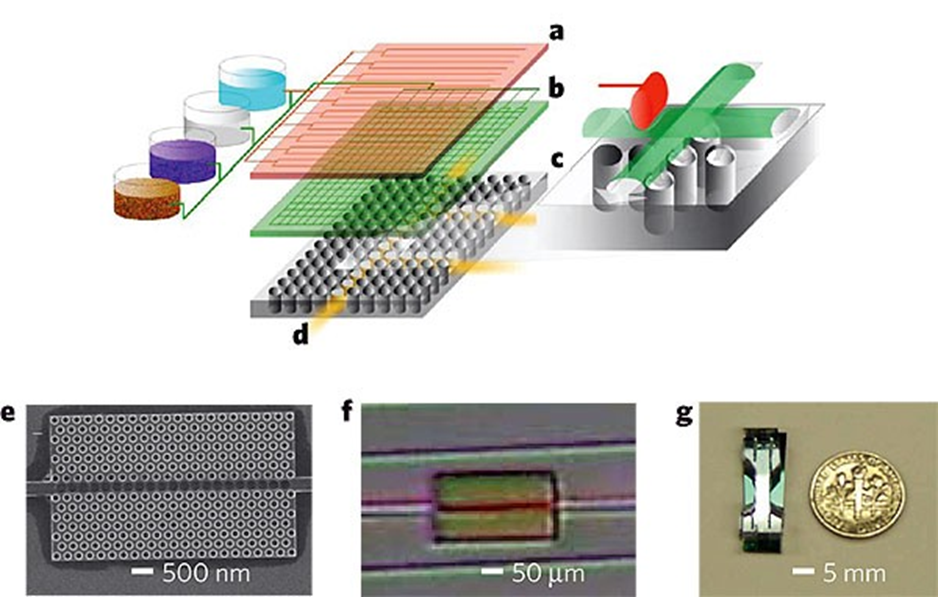
Some facts about krills
- Based on their size and sheer abundance, these hundreds of millions of krill could wrap around the Earth a million times and are estimated to weigh more than 400 million tonnes – that’s about the same collective weight of all the people on the planet!
- These hundreds of millions of krill could wrap around Earth a million times and are expected to weigh about 400 million tonnes, which is roughly the same as the weight of all the people on Earth put together.
- Antarctic krill are thought to cover an ocean area as large as 32 million square kilometers. This represents about 11 percent of the total oceanic surface of our planet, making it larger than Africa.
- During the Antarctic winter, krill congregate into massive swarms that span tens of kilometres in width and be more than 100 meters in depth. From outer space, one can witness this incredible show.
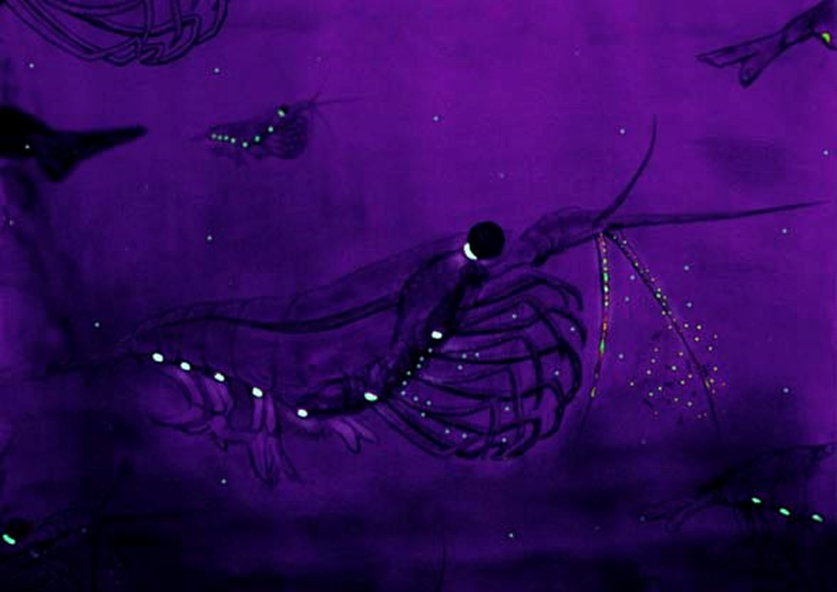
- Bioluminescent krill can be found in the Antarctic. Producing light through specialized organs may serve various functions, including communication and concealment.
- Blue whales in the Southern Ocean spend six months of the year feeding almost exclusively on Antarctic krill before traveling several thousand kilometers north to reproduce. A single blue whale may reportedly swallow up to 3.6 million krill in a single day.
Fun fact
The researchers also discovered an interesting side effect: they could use this method to make pointillist-style artwork. This technology was also used to create simulated images of Albert Einstein during their research, which could one day be used to decorate our buildings.
Conclusion
Static buildings are those that cannot be modified to suit changing climatic and environmental conditions. The operational energy inefficiencies, indoor heating, cooling, and lighting expenses, and greenhouse-gas emissions can all be significantly reduced by using adaptive facades that are responsive to these fluctuating solar conditions.
Marine species have recently become the focus of research by scientists hunting for a remedy. I think of it as an intelligent and scientific approach, and it shows that humanity is willing to learn from nature, its surroundings, and the creatures living here.
Researchers suggest an adaptive building interface that uses reversible fluid injections to modify optical transmission, taking inspiration from marine species that spread colors within their skin.
This will aid in the process of making buildings more adaptable and allow them to deliver a conditioned and manageable environment within. Such innovation will have far-reaching implications for the construction industry, as well as for related fields like glass manufacturing and climate management.
This, in turn, will help in energy conservation and making systems energy efficient.




